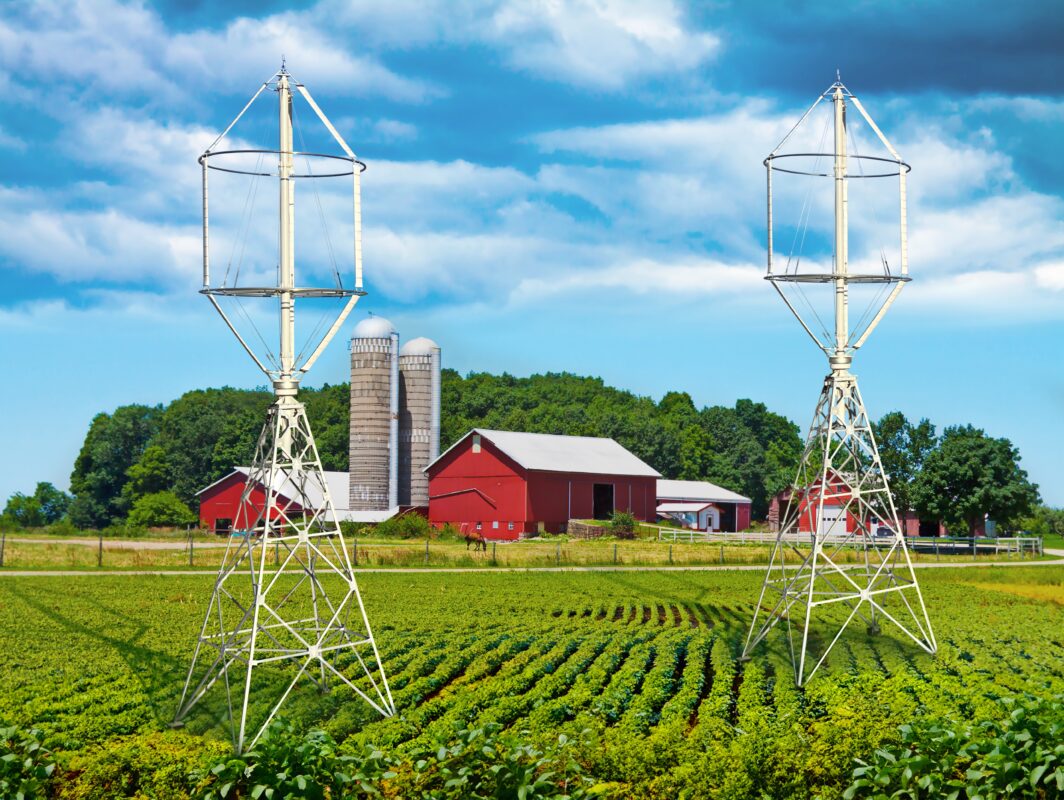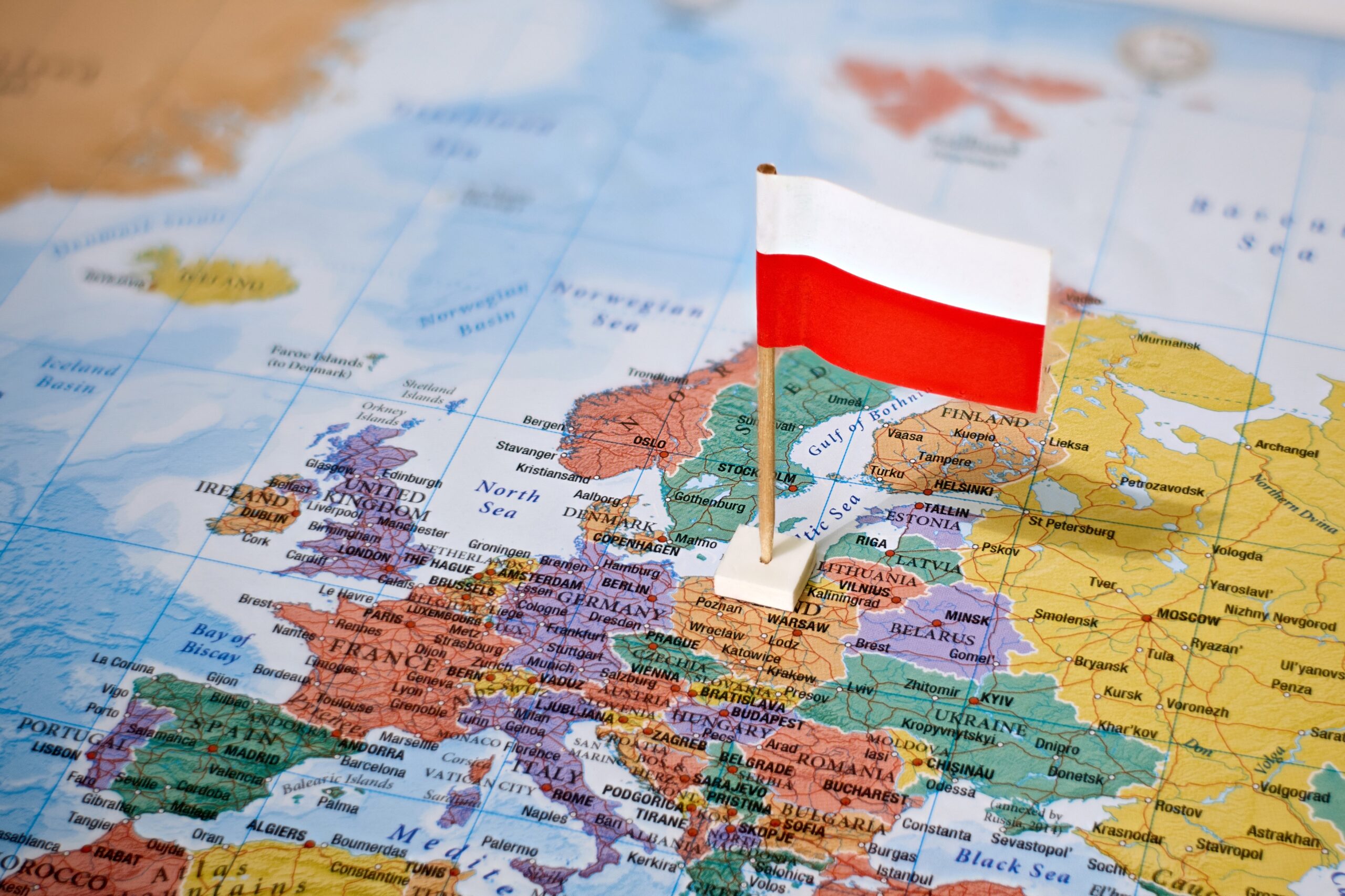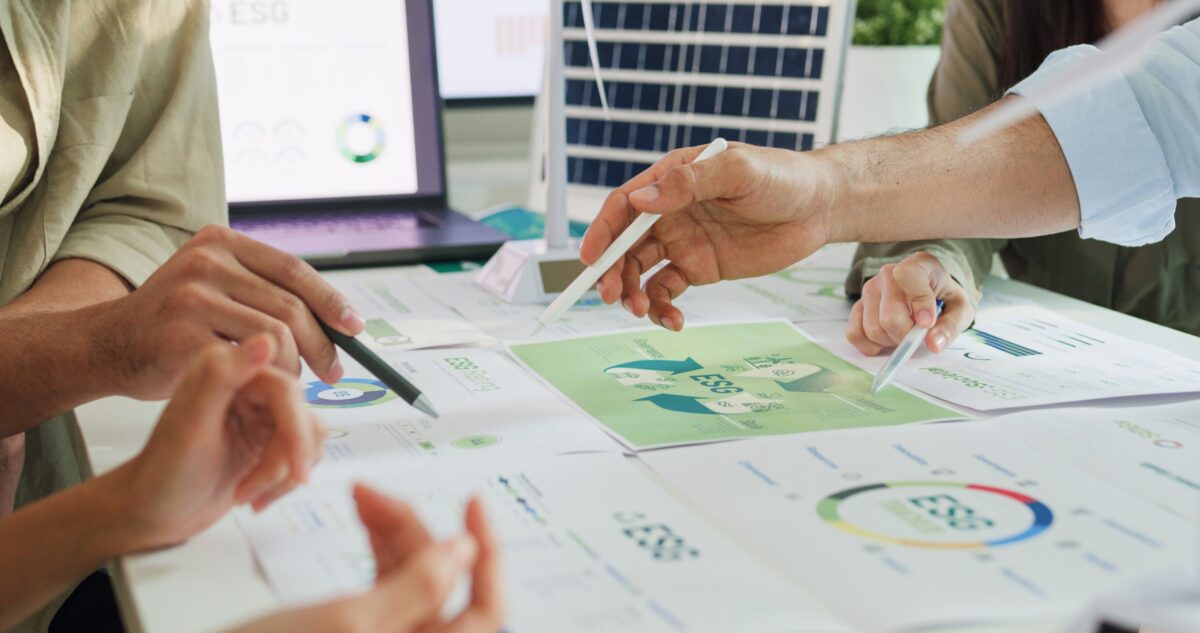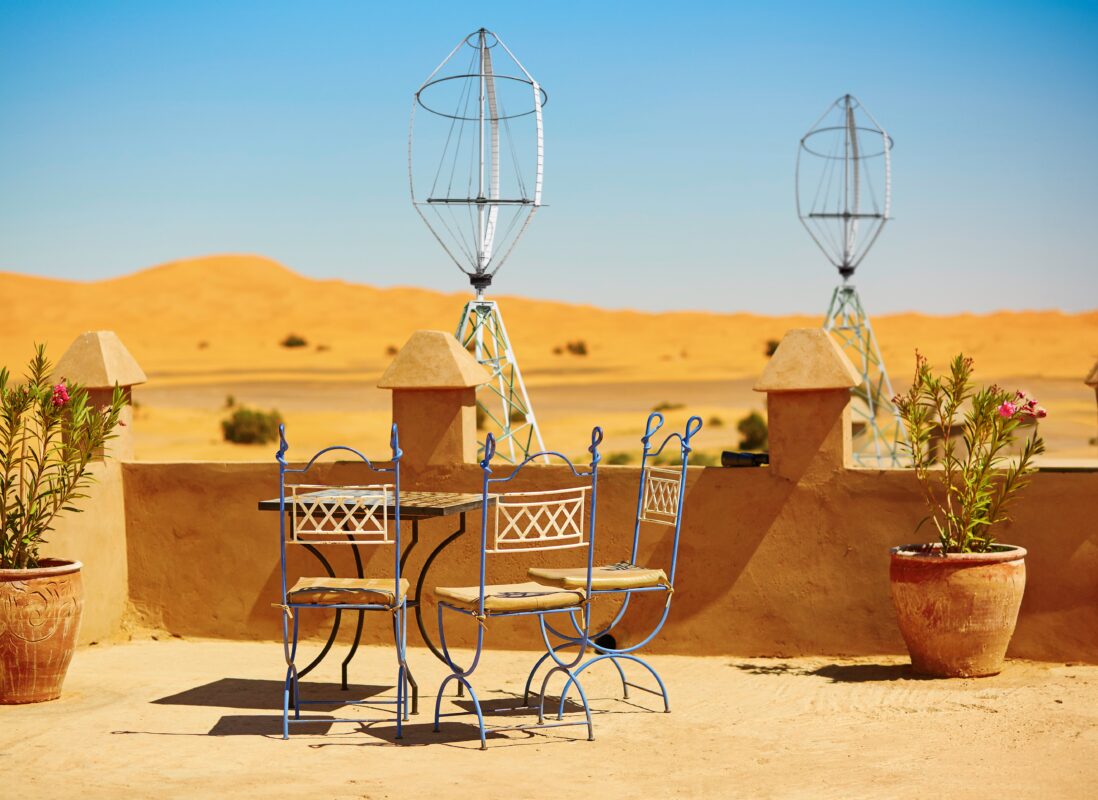It may have seemed that Poland, one of the countries extracting the most coal, would not be a nation leading in constructing wind turbines and other renewable energy sources. With an extremely high share of lignite and hard coal in the energy mix, Poland was indeed a little bit late to the sustainable energy movement. Today, however, when Poland has a new government and stands on the precipice of an energy transition, the country has turned into one of the biggest RES facilities construction sites in Europe. While wind technology is becoming more and more popular, the initial investment needed for wind turbine installation is still a big barrier for many companies and residents. Fortunately, Poland created many programs and financial support options that helped to grow the market of wind electricity.
Types of Financial Support
Polish companies and families who are conscious of the need for more sustainable energy can count on a lot of help from the government and regional administration. Here are some of the forms of help possible for residential wind turbines.
Wind Turbine Grants
“My Wind Farm”
The main project is called “My Wind Farm”, which is funded by the National Fund for Environmental Protection and Water Management for 2024, with a budget of 400 million zlotys. It offers financial aid to individual owners or co-owners of land who want to install wind turbines near their houses. Participants in the program can get co-financing of up to 50% of eligible costs, including the purchase and installation of a small wind turbine, an energy storage system, and the equipment necessary for the project.
There are two types of subsidies available:
– up to 30,000 zlotys for a wind installation (maximum 5,000 zlotys per 1 kW)
– up to 17,000 zlotys for an electricity storage facility (up to 6,000 zlotys per 1 kWh).
Participants of the project must first finance the investment with their own funds and then they can count on being refunded. The subsidy covers investments made from June 30, 2023, to December 31, 2028.

Who can benefit from the subsidy?
To benefit from the program, the participant must be a prosumer, i.e. a person who generates electricity from renewable energy sources for their household with the possibility of sending surpluses to the grid or using a guaranteed tariff. They are required to register with the Energy Regulatory Office and have a signed agreement with the distribution network operator.
Investment Options for Small Wind Turbines
Investing in small wind turbines in Poland is becoming increasingly attractive due to several factors, such as liberalization of distance regulations, government support and incentives, European Union support, and very good financial projections. Investors can count on many forms of support
Net Metering: it’s not a form of financial support per se, but the Polish net metering method greatly enhances the economic viability of small wind turbines. Current law states that small wind turbine owners can offset their energy consumption by feeding excess electricity back into the grid. This electricity is credited against future consumption, which lowers energy bills and improves the return on the investment.
Feed-in Tariffs (FiTs): small wind turbines up to 10 kW can benefit from a guaranteed purchase price for surplus electricity under certain conditions. These tariffs, although lower than market rates, offer a predictable revenue stream, which is crucial for securing financing and ensuring the long-term viability of small wind projects.
Investors can choose from many forms of investments:
Leasing and Power Purchase Agreements (PPA): this form of investment allows for installing small wind turbines without any cost or a small amount of money. In this case, a third-party company takes care of installment and maintenance of the turbine, and the investor agrees to purchase the energy at a fixed rate.
Community wind projects: a model where a group of investors gathers their resources to fund and install a small wind turbine. They share the generated electricity, or they can sell it and split the profits.
Public-Private Partnership (PPPs): it’s a collaboration between a local administration and private investors. This method is often a part of broader sustainable development goals within municipalities.
Joint ventures with energy companies: more and more Polish energy companies are interested in small-scale renewable projects to diversify their portfolios. Investors can partner with these companies to co-finance small wind turbines.

Financing and Loans
Rural Energy
It’s another subsidy project to increase the use of wind energy in rural areas of Poland. The recipients will be given aid in the form of grants and loans. A group of possible participants includes farmers, as well as agricultural energy cooperatives and energy cooperatives made up of businesses. The first phase of this program is already completed, with possibly many more to come. In the first call, the amount of available funds was 1 billion zlotys. The maximum amount of a loan for a single applicant is 25 million zlotys and the loan period is up to 15 years. The maximum percentage of the shared cost of the energy source that the loan can provide is 45 %. Micro and small enterprises are the exceptions, and they can receive a loan of up to 65 % of possible costs (55% for medium-sized enterprises).
Regional Operational Programs (ROPs)
Another option for a loan is made possible by the regional administration. ROPs provide financial help for various renewable energy projects, including small wind turbines. The terms and the amount of help may vary across 16 of Poland’s voivodeships, but some regions offer up to 85% funding if the applicant meets the conditions.
Financial Benefits of Small Wind Turbines
Nowadays, instead of asking “what is a wind turbine?” or “is wind energy efficient?”, which was a norm a few years ago, everybody is asking “how can I get a wind turbine?”. There is no need to convince anyone about the positive impact small wind turbines have on the environment anymore. However, it is also a great investment that reduces energy costs and allows for savings. Here are some of the financial benefits of SWT’s.
Return on Investment (ROI)
Of course, ROI for small wind turbines depends on many aspects:
– initial costs: SWT’s price varies from 50 000 to 300 000 zlotys, depending on the turbine capacity.
– energy production: which depends on the wind speed and turbine efficiency
– maintenance: only regular wind turbine maintenance allows it to work properly
Considering all these key points it’s very hard to pinpoint a specific percentage, but on average the wind turbine return on investment is around 10%.
Do you want to take advantage of the subsidy and see if a small wind turbine is a viable solution for you? Contact us to evaluate wind potential in your area.
Long-Term Savings and Efficiency
Wind investment generates savings not only for residents and companies that invest in them. Economists and experts from this field agree: increasing the share of wind turbine energy in total energy production results in a noticeable increase in GDP, as well as makes revenue for local authorities and creates new jobs. Especially wind turbine maintenance allows for more employment.
Wind electricity is also cheaper than carbon and other traditional sources of energy (estimates say that it’s three times cheaper). While their efficiency varies from 20 % to 40 %, it’s still one of the best options for renewable energy sources.
Additional Considerations
Costs of Installation and Maintenance
Of course, any small wind turbine system should be installed by a professional. He may also provide other services, such as help with permits and maintenance.
The price of installation is strictly related to the capacity of the wind turbine. Here are estimated prices for different types of SWT’s:
– 3 kW – 50 000 zlotys net
– 10 kW –150 000 zlotys net
– 20 kW – 300 000 zlotys net
These numbers include the project, all of the equipment needed, as well as installation fees. Of course, these types of installations need to be maintained regularly. The cost may vary in different companies and regions.
We have to stress the importance of choosing the right brand for our small wind turbine. High quality will provide us with appropriate energy results and lower service costs. Freen is a company that ensures affordable and dependable small wind turbines. Their combination of engineering expertise and patented designs ensures that the chosen small wind turbine will bring many savings and clean, green energy.
Interested in wind energy but unsure how to get started? Let us help you with a free site feasibility survey to assess your potential and guide you through the process.
Contact us today to book your free survey!
Impact of Wind Technology on Sustainable Energy
Wind is one of the best sources of renewable energy. It can generate great power, it’s clean, free and of course, the inexhaustible end never ending. Because wind turbines don’t require any form of fuel, they don’t create any ecological danger. Its impact on the environment is largely positive, with a few exceptions (danger for birds and bats, noise). Because of all that wind is one of the fastest expanding, most competitive, and least harmful of renewable energy methods. The technological development of wind energy should help to keep global energy security and stability in the future. Scientists predict that an aggressive development and expansion of wind energy could in the long-term help avoid 1/3 of gas and 1/28 of coal burned and keep 1/2 biomass and 1/20 nuclear fuel saved from the global electricity system.
These statistics confirm that wind is the future of renewable sources of energy. As a key component of the world-wide shift towards low-carbon energy systems, wind turbines reduce reliance on fossil fuels in a significant way, and therefore cutting greenhouse gas emissions and mitigating climate change. The scalability of wind technology, from small turbines for individual use to large-scale offshore wind farms, enables diverse applications, making it very adaptable to various energy needs. Moreover, innovations in wind technology continue to improve efficiency and lower costs, further driving the transition to a more sustainable and resilient energy future.
Conclusion
The Future of Financial Support for Wind Energy
The Polish government paints a bright future when it comes to energy transition and the future of renewable energy projects in this country. Their plan is to allocate more than €5 billion from the National Reconstruction Plan for companies from the energy sector to put their minds to developing more renewable energy projects, energy efficiency, and energy storage. Most of that support will be invested in the offshore wind farms. But that’s not all. Another €9 billion will go to green urban transformation, €300 million to energy efficiency and renewable energy in enterprises, and around €35 million to energy storage (pump-storage power plants).
The Polish government also has plans to change their legislation concerning renewable energy sources, for example, small wind turbines. More funding, easier permission process, better access to experts, tax incentives – the list of potential support is long. Considering the pace with which Poland catches up to the rest of Europe in terms of wind energy, that future is possible and may transform Poland from one of the more coal-reliable countries to a pioneer in the wind energy market. Their investments in offshore wind farms are attracting more and more investors, which bodes well for the future.






